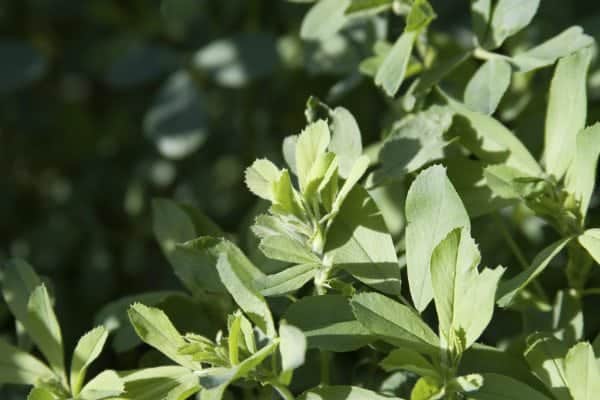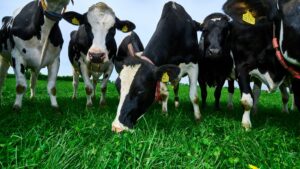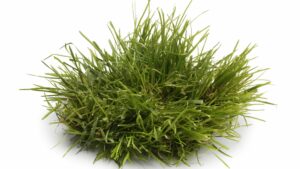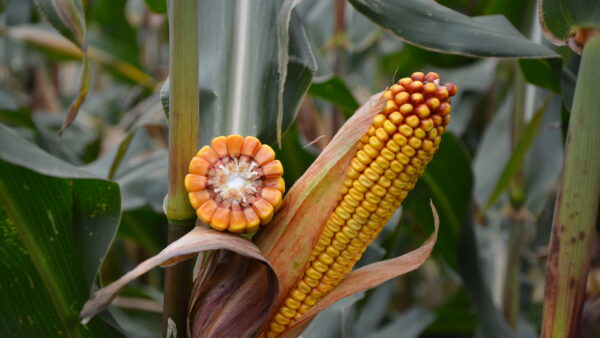Livestock producers can reduce feed costs by growing alfalfa –a new range of varieties from DLF means, that even those with more marginal soils, can make use of this high protein forage.
Grown either by itself or in a grass seed mix, alfalfa delivers more protein than maize or soybeans, enabling farmers to become more self-sufficient in high quality feed. Traditionally, alfalfa could only be grown on light, free-draining soils, but new research investments and strengthened breeding have allowed us to identify a number of new varieties suitable for growing in a wider range of conditions.
With prospects for a changing climate and new agricultural subsidy rules, the time is ripe for farmers to look at new ways to become more self-sufficient. Alfalfa – also known as Lucerne – is grown extensively in temperate regions of the world, and alfalfa is a truly viable crop for livestock producers across a range of soil types and systems.
Alfalfa has a deep tap root system allowing it to withstand severe drought and produce forage throughout the driest summer months. A productive plant with an early spring growth and rapid regrowth after cutting, it can be cut for hay, ensiled, or even dried into pellets. Alfalfa has a high nutritional value and with productivity over four years makes a good partner for forage grasses. By sowing grass and alfalfa seed mixtures, farmers can achieve an optimal ratio of energy to protein in a highly digestible form.
Our company recently acquired the alfalfa breeding program from Florimond Desprez to improve the versatility of its product range. Included in this program is a wide range of varieties and breeder’s material that suits both Western Europe and the continental climate in Central Europe. Alfalfa plant breeding is now fully integrated within our global R&D network, comprising testing sites in Southern-, Western-, Eastern- and in Central Europe, Russia, China and North America. This broad range of climatic conditions is a perfect offset to develop strong solutions to different markets, from conventional high-protein and high-yielding options to more hardy solutions suitable for organic growers and unfavorable soils.
DLF’s current research program focuses on highly dormant varieties for temperate areas, but it also has semi-dormant options for warmer regions. We are constantly striving to find varieties which meet both the farmers’ and the animals’ needs. Producers want higher yields and protein contents, better disease tolerance, improved persistence and standing ability, and higher digestibility. With political uncertainty and fluctuating global commodity prices driving demand for home-grown protein, alfalfa offers both reliability and improved profitability. Our new menu of protein-rich and digestible forage means there is now an alfalfa variety for every farmer.









